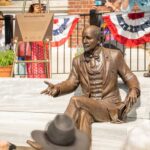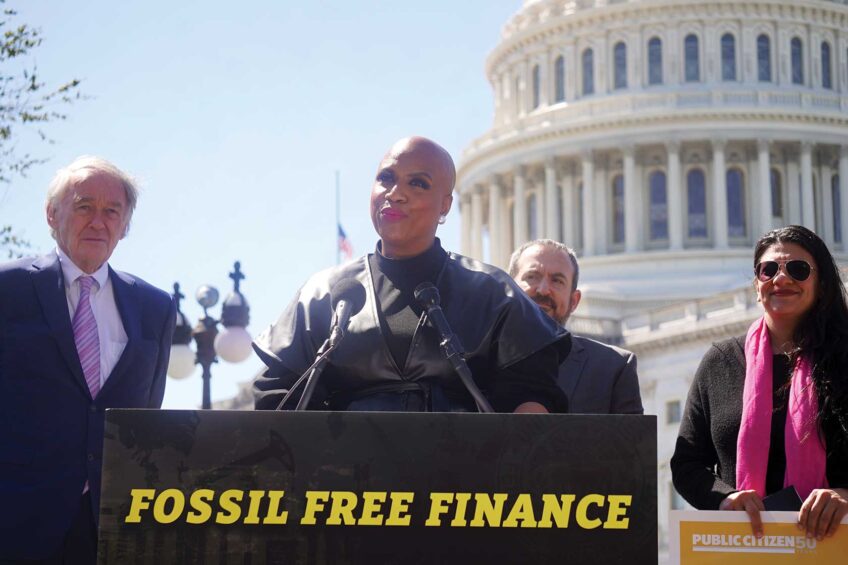It’s no secret that retirement security is eroding for many Americans.
“Half of today’s working-age households are unlikely to have enough resources to maintain their standard of living once they retire,” according to the National Retirement Risk Index, compiled by Boston College’s Center for Retirement Research.
That conclusion is based on very conservative assumptions, according to the index, which measures the share of working-age American households at risk of being unable to maintain their pre-retirement standard of living in retirement.
“The only way out of this box is for people to save more and/or work longer,” the center said.
But it’s not that simple.
Too much to top half percent
“It’s easy to put it on people, but at the same time, that money is hemorrhaging to the top half percent,” said Eric Kingson, co-director of Social Security Works, a Washington-based group that supports the expansion and protection of Social Security. “Everyone else is not saving enough when wages haven’t been increasing.”
He spoke at a session on eroding retirement security at this year’s Annual Scientific Meeting of the Gerontological Society of America, which brought together the world’s foremost experts on aging.
“Most Americans haven’t experienced significant wage increases for the past 15 or 20 years or so, where health care costs keep going up, where pension coverage is less secure, where the near collapse of our economy was tied to the collapse of housing prices, so that the equity people have in their homes is less,” said Kingson, also a professor at Syracuse University’s Aging Studies Institute.
Many workers are also dealing with the pressures of caregiving, which reduces their income if they take time off to care for their loved one, he said.
“We talk about the primacy and the importance of the care that families give,” but the U.S. is one of the few nations that don’t “have some paid leave for caring for a relative or caring for one’s self,” Kingson said.
It’s critical to preserve and expand Social Security because future generations will need it more than ever, said Nancy Altman, Kingson’s co-director at Social Security Works. They also coauthored the new book, Social Security Works!: Why Social Security Isn’t Going Broke and How Expanding It Will Help Us All (New Press, January 2015).
Middle class security
There’s a bigger picture to all this.
Income security is a key component of whether people consider themselves middle-class, saidDonald L. Redfoot, senior strategic policy adviser at the AARP Public Policy Institute, who also spoke at the session.
“Middle-class status is not just a matter of how much money you make, but the ability to obtain those things that contribute to lifelong security,” he said.
Redfoot was project director of AARP’s Middle Class Security Project, [http://tinyurl.com/ahs59gu] which looked at American middle class well-being and focused on prospects for a financially secure retirement.
The increasingly elusive nature of middle-class security can best be illustrated by housing and health care, Redfoot said.
Housing-related expenses — at more than 40 percent — are the biggest expenditures among older adults, he said.
“The Middle Class Security Project found that this basic element of security was eroding as the percentage of 50-plus households who own their homes free and clear declined from 40 to 36 percent [from 2000 to 2009],” Redfoot said.
Onerous medical costs
What’s more, many workers are facing onerous medical bills, and workers are shouldering more of the cost of health insurance, he said.
Forty-seven percent of people ages 56-62 are at risk of not being able to pay health care costs in retirement, Redfoot said.
In addition, workers 50-plus are three times as likely to report a disability.
“A secure middle-class retirement takes a lifetime to build,” Redfoot said. “Events along the way can enable or derail security.”
Pamela Yip, Dallas Morning News aging-issues columnist, wrote this article supported by a Journalists in Aging Fellowship, a collaboration of New America Media and the Gerontological Society of America, sponsored by the Silver Century Foundation.
New American Media/Dallas Morning News






